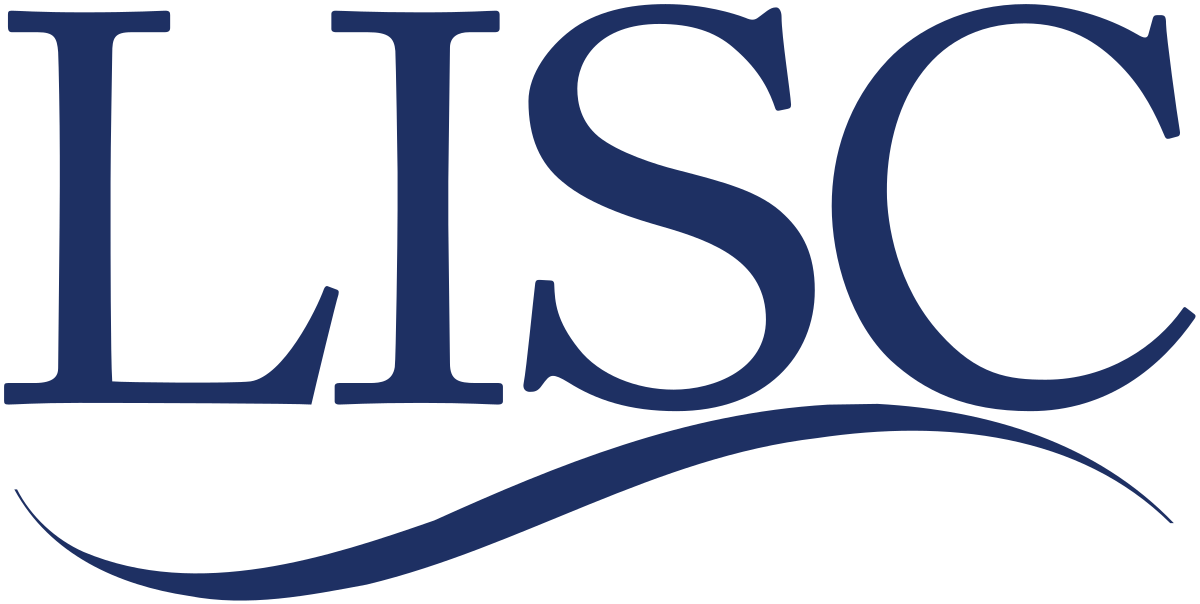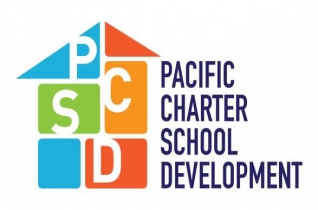This section will explore common real estate development models in more detail. We at SchoolBuild do not advocate for any particular methodology or model. Different models work for different schools at different stages of development and whose boards may have varying priorities. Our aim is to give you the information and resources required to hone in on a development strategy that works for your school. It’s important to note that the development models and service providers listed on this website are not exhaustive. Your local market may have special resources not detailed here, and new developers and capital and service providers are entering the market all the time. Please email us if you would like to be listed as a Service Provider.
What Developers Bring to the Table
Just as there is tremendous diversity in schools’ real estate needs and priorities, a range of developers and development models have emerged to meet those different needs. There are developers that work exclusively with charter schools and developers that work across a range of sectors. There are big development companies and small, one-project-at-a-time developers; non-profit and for-profit developers; hyper-local, regional, and national developers. Some developers offer a choice of services (for example, ranging from site selection to project management to comprehensive turnkey development) and some have a signature model that they largely stick to. Each developer brings a different mix of skills and resources to the table. The value of those skills and resources to you is a function of your specific goals and constraints, and therefore highly individual.
In addition to developers’ particular track records and expertise, one key differentiating factor among the various development models is whether the developer is putting its own capital at risk for your project and what that means for you. Is the developer plugging a gap in your project that you can’t fill on your own—thus making a project happen when it otherwise would not? While it’s not practical for you to try to understand all the inner workings of a developer, a basic understanding of how developers use their capital and how that trickles down to your project is a good framework with which to begin evaluating development options.
In most cases, developers put their own money at risk for your projects in one way or another. Developers mostly do this for projects in which they develop and own the real estate and lease it to you (developer/landlord models, also commonly referred to as turnkey development), though some developers will put capital into your projects even in a fee-developer scenario. Developers’ investment can take many forms. Some developers bring 100% of project costs to the table, with no equity or financing requirement from the school. In other scenarios, developers (often the same developers, but in a fee-developer capacity) may put their own capital into a project in the form of a subordinate loan to the school, and the school is responsible for raising the rest of the financing needed for the project. (Some developers will help package financing for the school as an additional service). Many developers will cover upfront predevelopment costs. Whether a developer brings capital to the table, and the terms on which it does so, are key considerations in choosing a development approach that works for your school. For example, the need to fill a gap in project costs (when “uses” for capital exceed “sources”) may dictate that you work with a fee developer that’s willing to invest in your project, as opposed to entering a more limited engagement with a project manager/owner’s representative.
It’s important to understand that when developers put money at risk, it means just that—they don’t always know that they’ll get it back. Most often, developers’ capital is deeply subordinate to senior commercial debt and other sources of capital such as loans from Community Development Financial Institutions (CDFIs); that is, the developer’s right to collect on a claim ranks after that of other lenders in the event of default. Developers’ capital comes from a range of sources (running the gamut from philanthropy to private equity) and developers need to cover their costs and charge for their risk.1
Developers that put a significant amount of their own capital into your projects require a return on that capital. Their required return and therefore the cost to the school is driven by their cost of capital and the amount of risk they feel they are taking on. Some developers’ primary source of capital is private equity funding sources that expect a certain rate of return, often above 9-10%, sometimes close to 20%. These developer types tend to be for-profit real estate developers or real estate investment trusts (REITs). While those required returns may place a strain on a school’s cash flow, these developers are providing a service to schools that would otherwise be left without access to facilities. Many schools that are unable to access financing for their facility or don’t have the real estate expertise they need are able to open with the help of these organizations.
When considering a developer’s profit the best advice is to remain focused on what works best for your school and its specific situation. Getting a facility that supports your educational goals, is affordable in the long term, leverages or fills gaps in your team’s capacity and expertise, and can be financed and delivered on time is far more important than how much the developer is earning as its return. The terms need to work for you, bottom line.
Written by: Sara Sorbello, LISC
Special thank you to: Jennifer Afdahl-Rice, PCSD and Alex Shawe, Level Field Partners
1Some nonprofit charter school developers have access to external credit enhancement from the U.S. Department of Education to mitigate their risk and therefore may not need to “charge” the school for loan loss reserves and risk-based returns. Sometimes those developers also use their credit enhancement to leverage conventional commercial capital, and charge the school a small fee for that resource in lieu of making a subordinate loan that has to be repaid.
Legal Disclaimer:
Nothing in this material should be construed as investment, financial, brokerage, or legal advice. Moreover, the facts and circumstances relating to your particular project may result in material changes in the processes, outcomes, and expenses described herein. Consult with your own professional advisors, including your financial advisors, accountants, and attorneys, before attempting to consummate any transaction described in this material.


